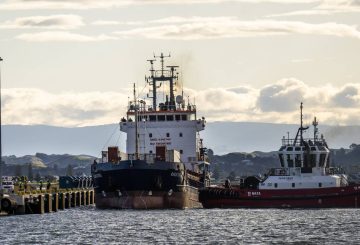纳皮尔的房主面临不断上涨的保险成本,自2023年初飓风加布里埃尔袭击以来,有些人的保费增长了三倍。
蒂阿拉瓦居民菲利普·多尔的保险费从2,000美元提高到5,000美元以上,最近的报价接近8,000美元。在分析了霍克湾地区委员会发布的洪水灾害地图后,多尔发现有关其高架房产的重要信息不见了,这导致了高额溢价。
他对成本的迅速上涨表示担忧,并想知道将来会涨到多高。在联系保险公司后,他得知新地图已将他的财产归类为洪水和海岸淹没的高风险。但是,他发现自己的车道中只有一小部分位于指定的风险区域。
多尔指出,许多房屋因其财产的一小部分而受到影响,这似乎不公平。为了安全起见,他还对财产进行了改善,但建议他就危险地图向理事会提出质疑。
由于他的努力,他和附近的200多所房屋都被从洪水灾害地图上移除,这导致保险公司将Dol的保费降低了880美元。他强调,保险公司用来设定保费的数据需要保持透明度,因为许多房主都在为账单上涨而苦苦挣扎。
保险和金融服务监察员凯伦·史蒂文斯表示,这个问题是保险公司决策所依赖的数据这一更大问题的一部分。她鼓励消费者根据风险测绘挑战涨幅。尽管准确的地图至关重要,但它通常无法反映个人财产风险。
史蒂文斯承认,由于对气候变化的担忧,对当地机构测绘进行风险评估的依赖已经改变。她敦促房主了解自己的风险,如果他们认为自己的评估不准确,就采取行动,比如多尔,他认为自己的挑战可以为他人带来更好的结果。



























































